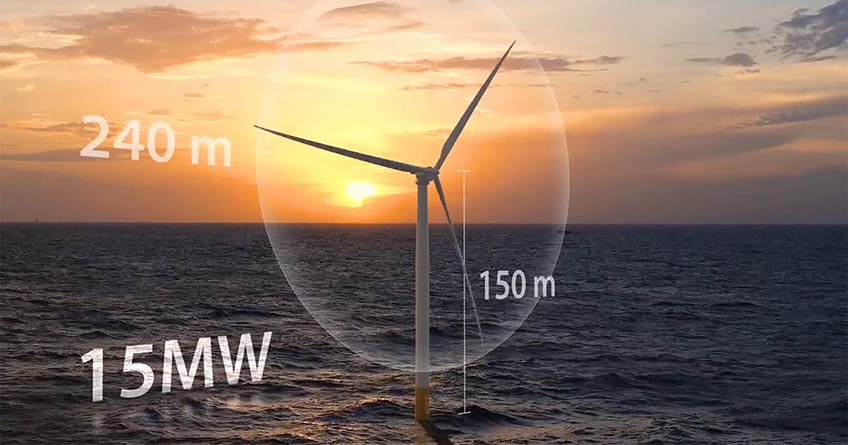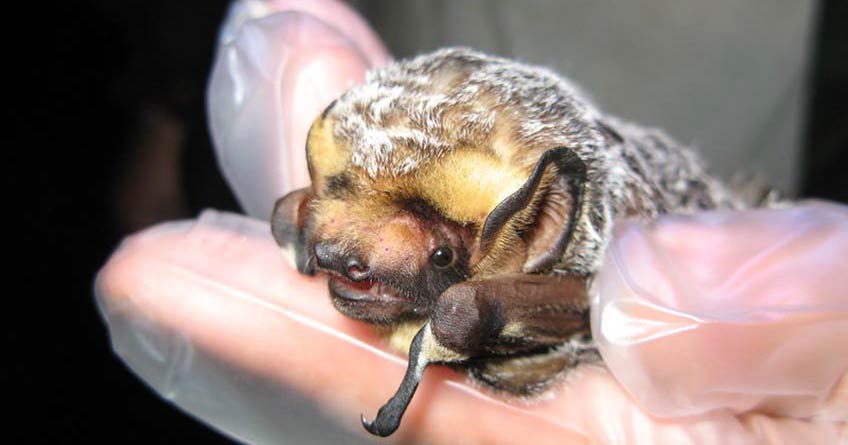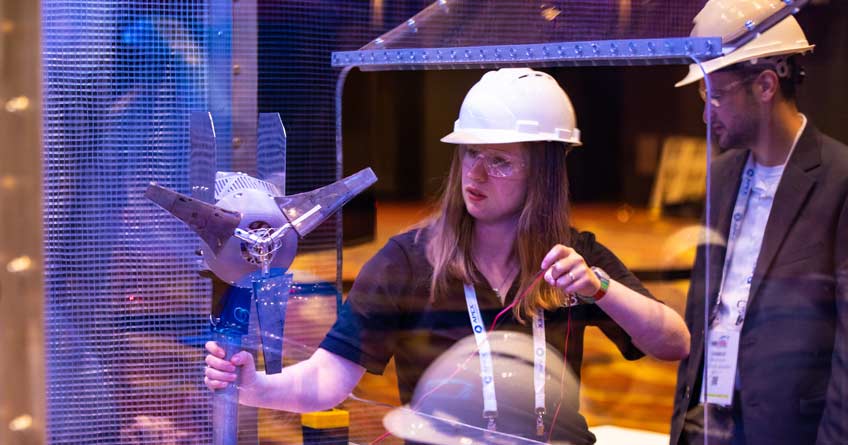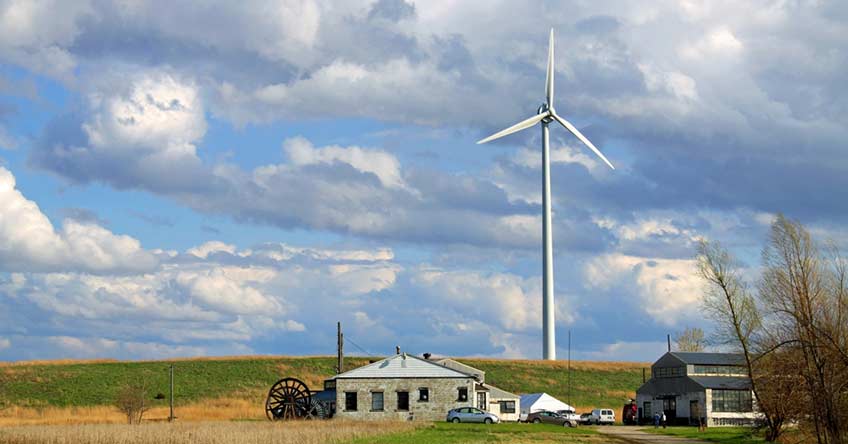NREL Projects Headline Energy Department Wind R&D Newsletter
From workforce development programs that prepare young people for jobs in the wind industry to a new reference wind turbine that expands capabilities to assess offshore designs, the National Renewable Energy Laboratory (NREL) led some exciting projects featured in the Wind Energy Technologies Office’s biannual Research and Development Newsletter. These examples show how NREL research has helped make wind energy the number-one renewable energy generation source in the country.
Reference wind turbines—open-access designs of turbine systems with models for simulation and design tools—allow researchers to evaluate the performance and cost of proposed modifications before prototype development. However, the scale and features of turbine technology currently under development exceeded the limits of reference turbines in use by industry.
Through the International Energy Agency Wind Technology Collaboration Programme (IEA Wind) and in collaboration with the University of Maine and the Technical University of Denmark, NREL developed a new open-source reference wind turbine that can be used to assess designs for offshore turbines up to 15 megawatts (MW). In addition to its scale, the IEA Wind 15-MW reference turbine can accommodate multiple software tools and will provide industry, researchers, and academics a public-domain tool for designing next-generation offshore wind turbines.

The IEA Wind 15-MW reference turbine will serve as a valuable development resource for the foreseeable future. Graphic by Joshua Bauer, NREL
NREL Researchers Assess the Effectiveness of Ultrasonic Acoustic Deterrents
Technologies that reduce interactions with bats, birds, and other wildlife not only boost conservation efforts, but also the efficiency and productivity of wind power projects. Ultrasonic acoustic deterrents, which discourage bats from approaching wind turbines by emitting sounds tuned to bats’ range of hearing, may offer wind energy facilities a cost-effective solution for interaction reduction.
NREL researchers are working in partnership with government, academia, and industry to better understand how different frequencies, weather effects, and behavioral differences among bat species influence the effectiveness of ultrasonic acoustic deterrents. By identifying the best wind-wildlife interaction-minimization technologies for each wind project, research efforts like this enable the deployment of more efficient, cost-effective, and bat-friendly wind energy projects across the United States.

NREL research efforts to detect and deter wildlife from approaching wind turbine blades will boost conservation efforts as well as efficiency and productivity at wind plants. Photo by Kathleen Smith, Florida Fish and Wildlife Conservation Commission
Workforce Development Programs Prepare Students for Jobs in the Wind Industry
In the past decade, U.S. wind power has tripled, becoming the largest source of renewable generating capacity in the country. Maintaining this strong growth requires an equally strong wind energy workforce—but hiring managers in the wind industry have trouble finding qualified applicants. Meanwhile, students are seeking education tailored to careers in the wind industry but are struggling to get hired.
WETO is bridging this wind workforce gap through activities like the Collegiate Wind Competition (CWC), which NREL manages on behalf of the Department of Energy. Since 2014, the competition has challenged undergraduate students from multiple disciplines to design, construct, and test a wind turbine and participate in project development-related design activities. Students who participate in the CWC gain real-world experience and professional connections that make them more competitive candidates for jobs in the wind industry, while the wind industry benefits from competitors’ fresh ideas and innovative thinking.

The U.S. Department of Energy’s Collegiate Wind Competition prepares students from multiple disciplines to enter the wind energy workforce by providing real-world technology experience. Photo by Werner Slocum, NREL
International Team Looks for Ways To Make Distributed Wind More Competitive
The market for on-site solar power has boomed in recent years, generating behind-the-meter energy at an affordable cost for homes, businesses, campuses, and industrial customers. A team of global experts led by researchers from NREL and Pacific Northwest National Laboratory have convened under IEA Wind Task 41 to study how wind energy can be successfully applied to this same distributed energy model.
The research task, called Enabling Wind to Contribute to a Distributed Energy Future, explores a broad spectrum of solutions involving wind turbines deployed in distributed applications in behind-the-meter, in-front-of-the-meter, microgrid, and off-grid applications, and in combination with other distributed energy and energy storage technologies. Researchers are also exploring how the grand challenges in the science of wind energy can be applied in the context of distributed wind technologies and the global energy markets where distributed energy systems are likely to be found.

Through IEA Wind Task 41, researchers are examining a range of solutions to make distributed wind systems more competitive. Photo courtesy of Rural Electric Convenience Cooperative.
Last Updated May 28, 2025
